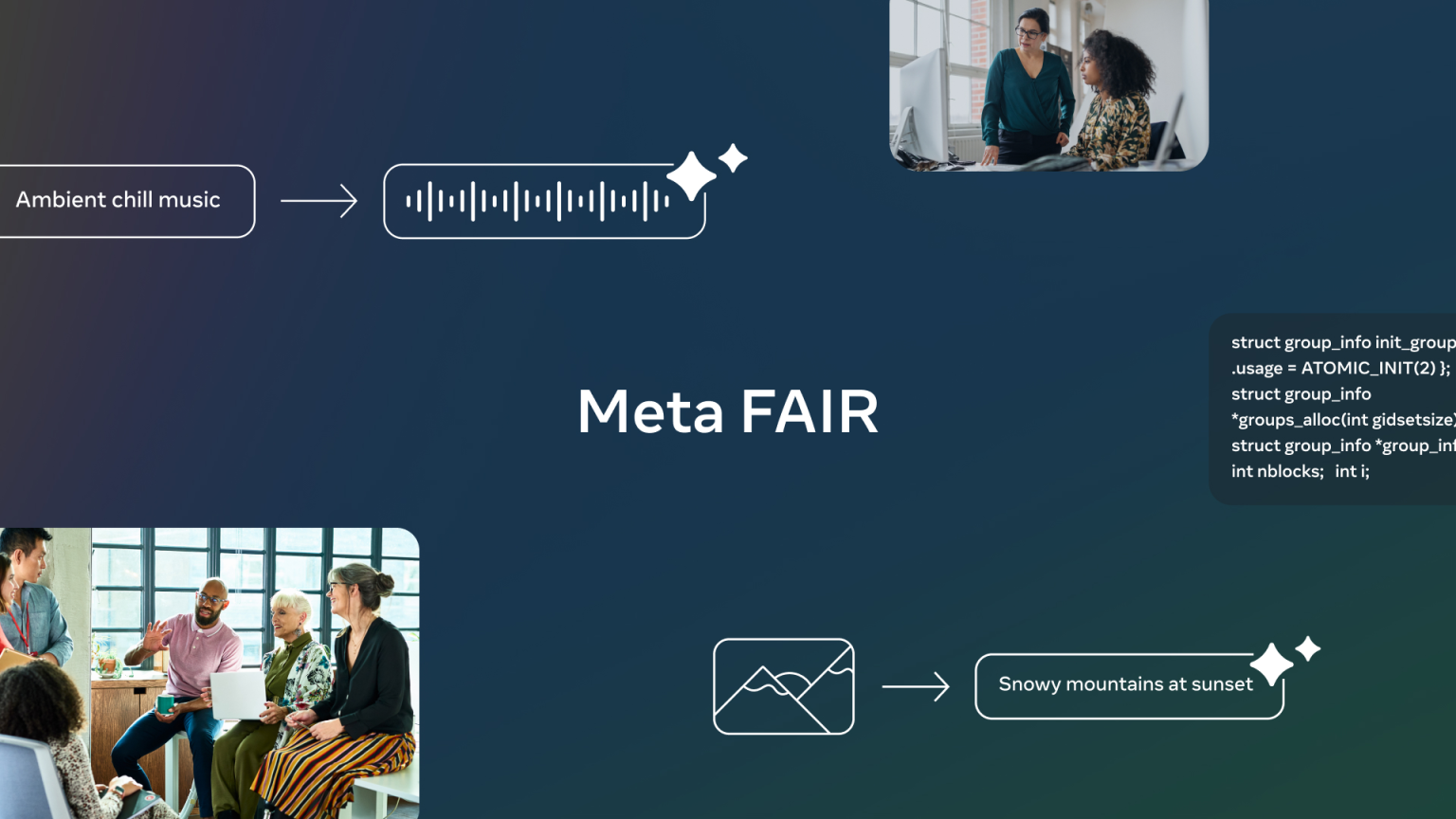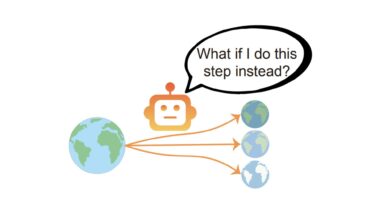Meta's Fundamental AI Research (FAIR) team has unveiled new models, including image-to-text, text-to-music, multi-token prediction and a technique for watermarking AI-generated speech.
Meta has released some of its latest AI models. These include Chameleon, a multimodal model that can process and generate both images and text, a multi-token prediction model for more efficient language training, and JASCO, a model for generating music from text and other inputs such as chords or beats.
Chameleon was presented in May. Unlike most large language models, which generally produce unimodal results, the multimodal Chameleon can process any combination of text and images as input and can also process any combination of text and images as output. Meta releases the 7B and 34B variants under a non-commercial license for research purposes only.
Shortly before Chameleon, Meta also demonstrated a new approach to developing better and faster large language models: multi-token prediction. The team was able to show that multi-token prediction improves performance, coherence, and reasoning ability when training AI language models. Meta is releasing the pre-trained models for code completion under a non-commercial license, for research purposes only.
Meta releases audio model and watermarking for AI speech
The company also publishes the text-to-music model JASCO. In addition to text, this also accepts various inputs such as chords or beats in order to improve control over the generated music output.
With AudioSeal, Meta is releasing an audio watermarking technology that can recognize and mark AI-generated speech even in longer audio segments. In contrast to other methods, the method is said to be up to 485 times faster. AudioSeal is released under a commercial license.






